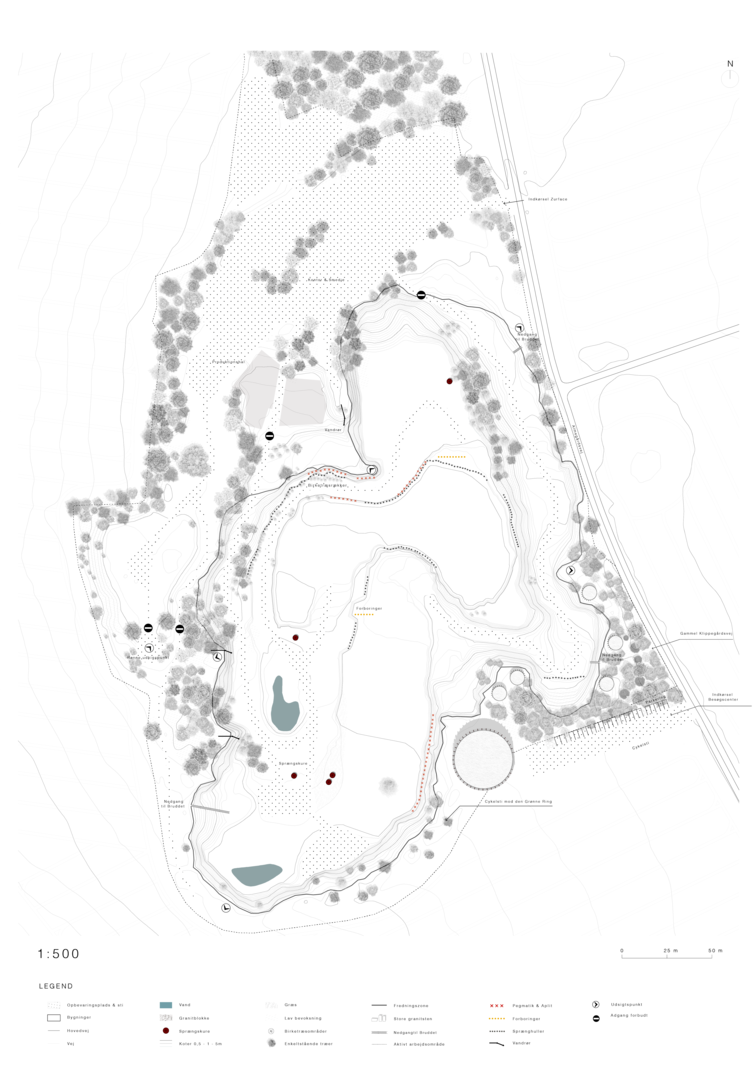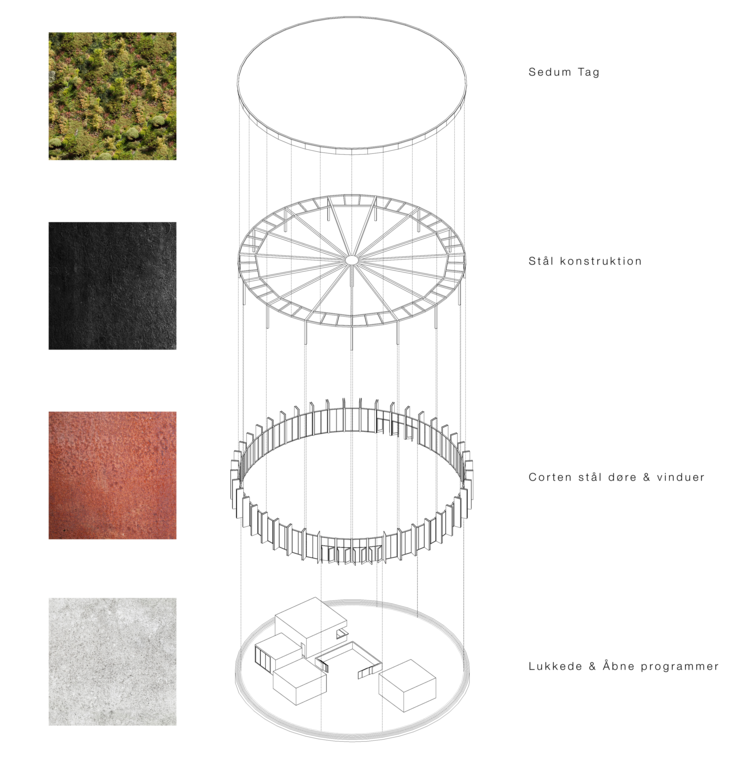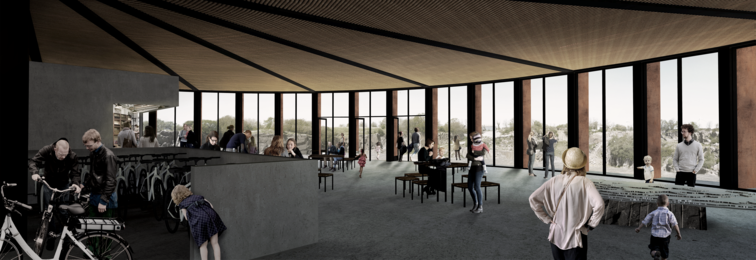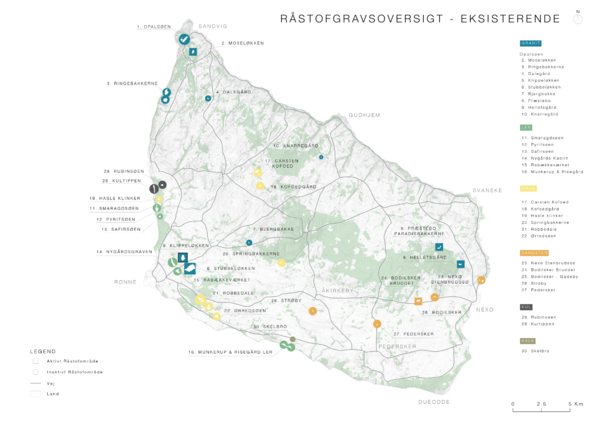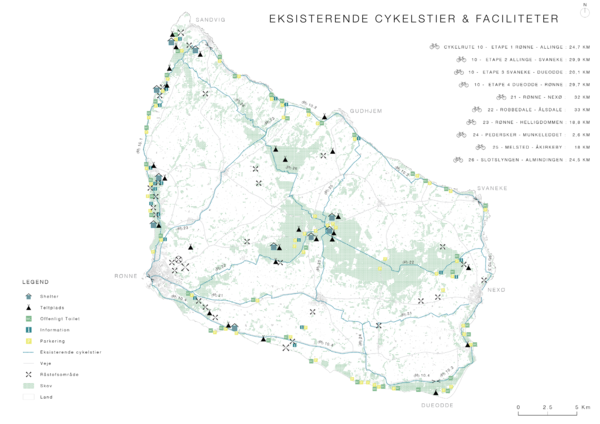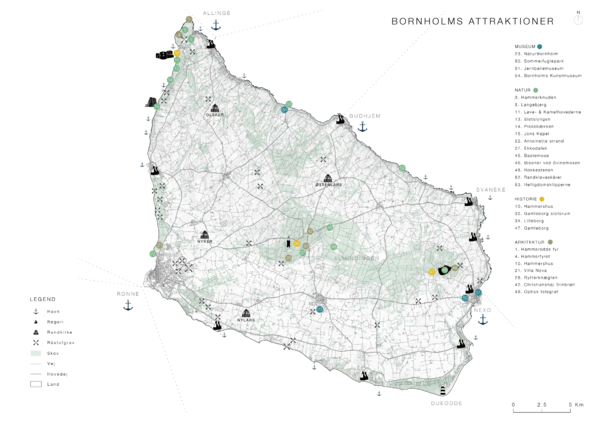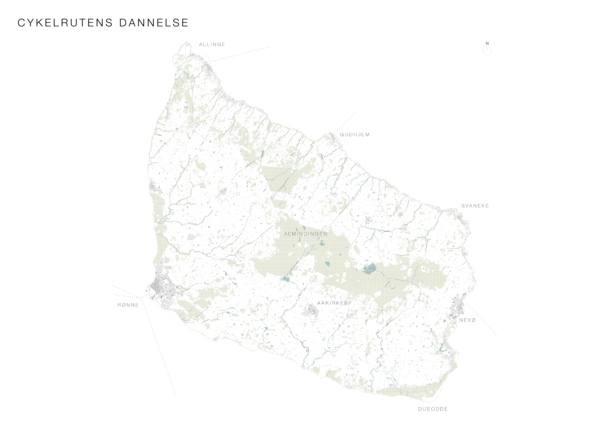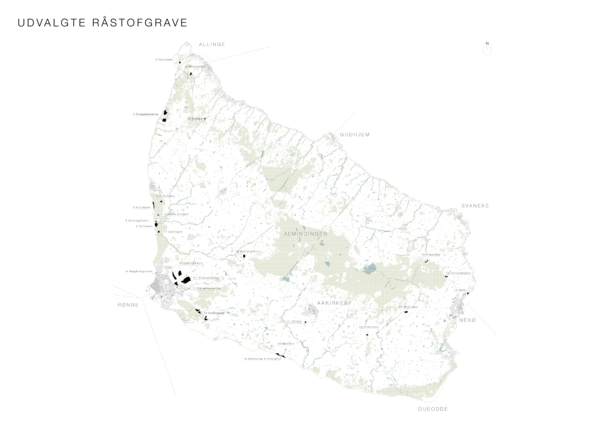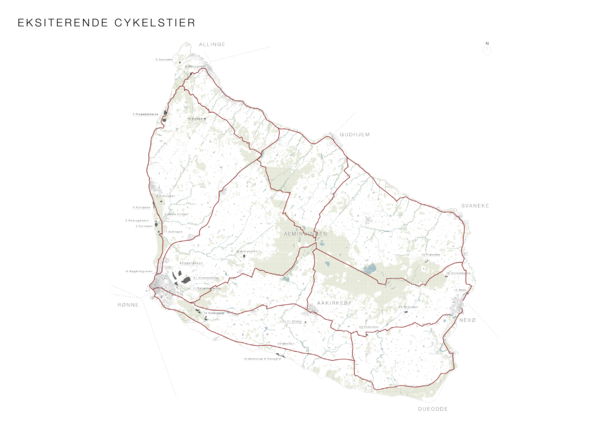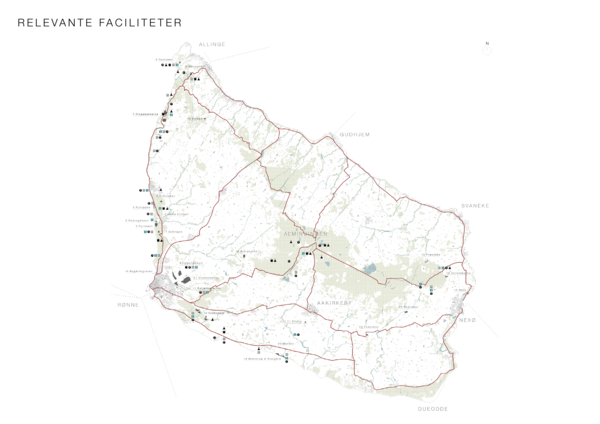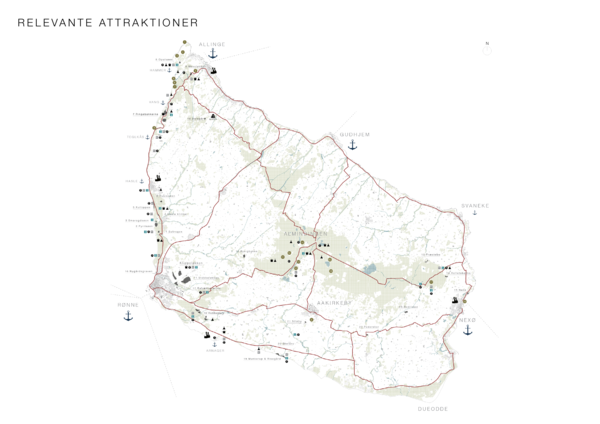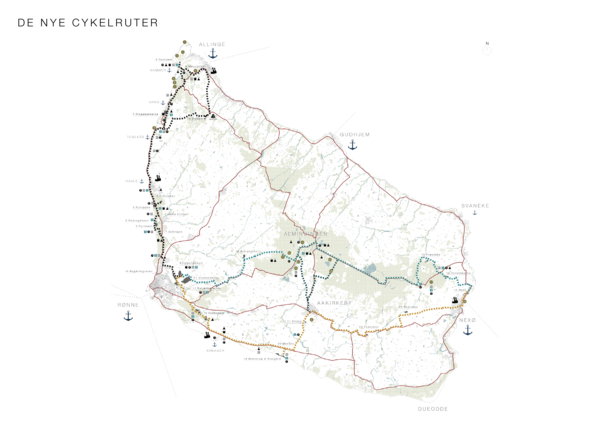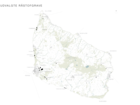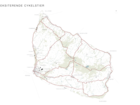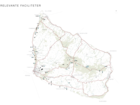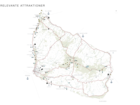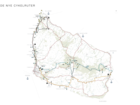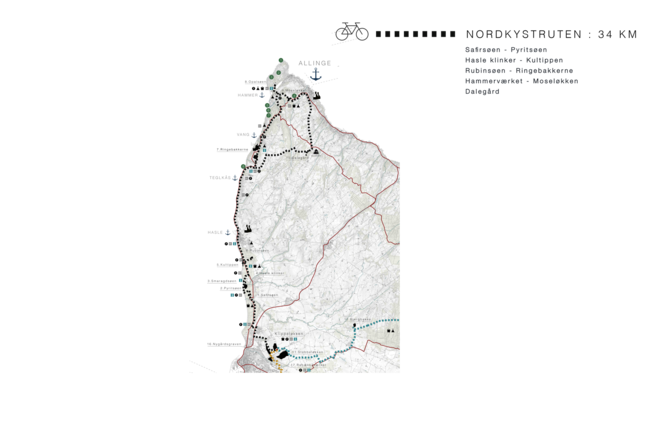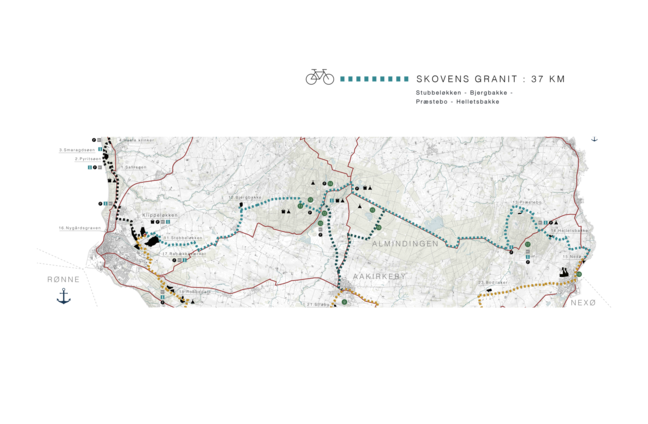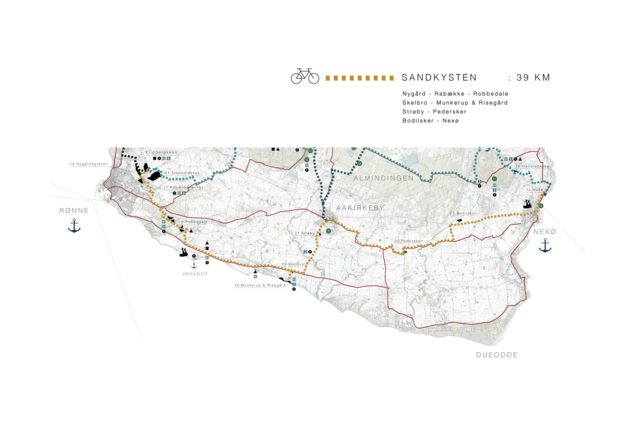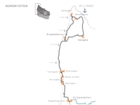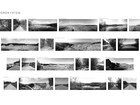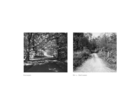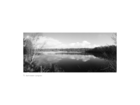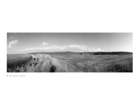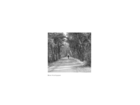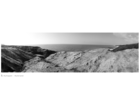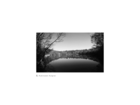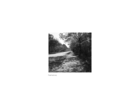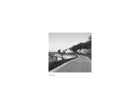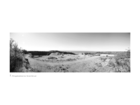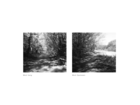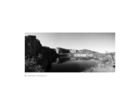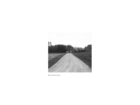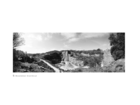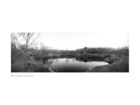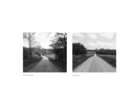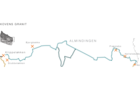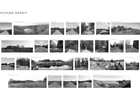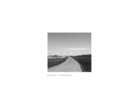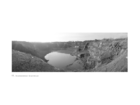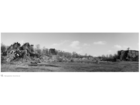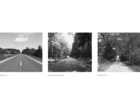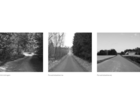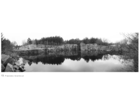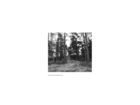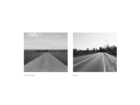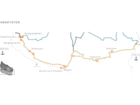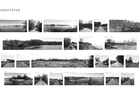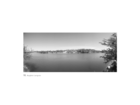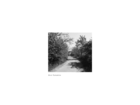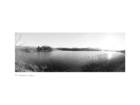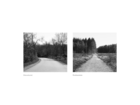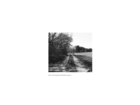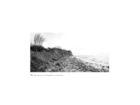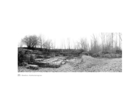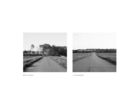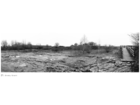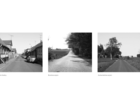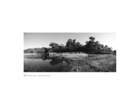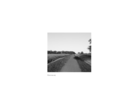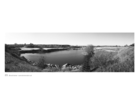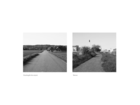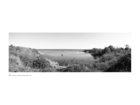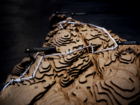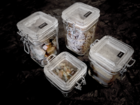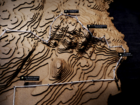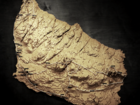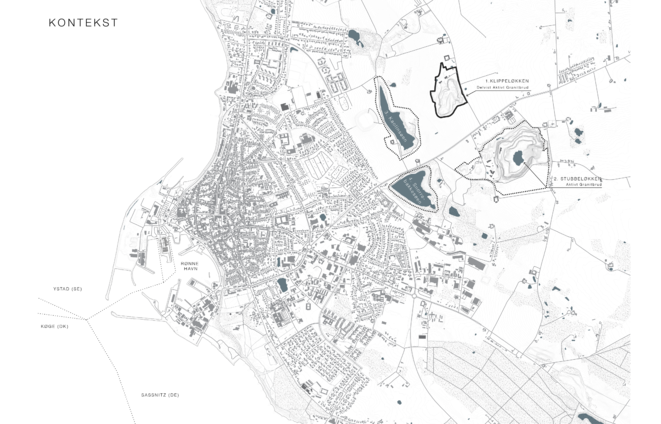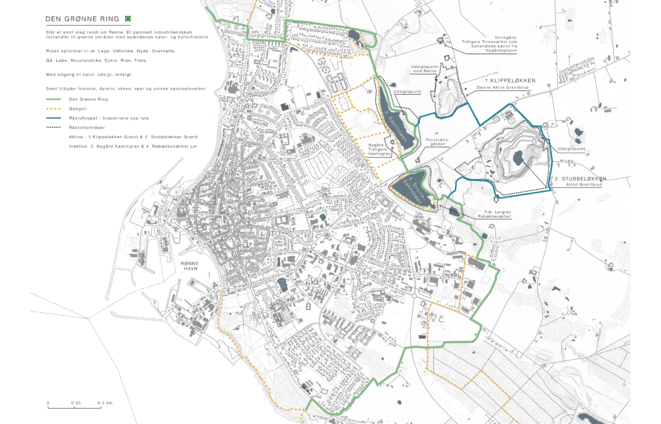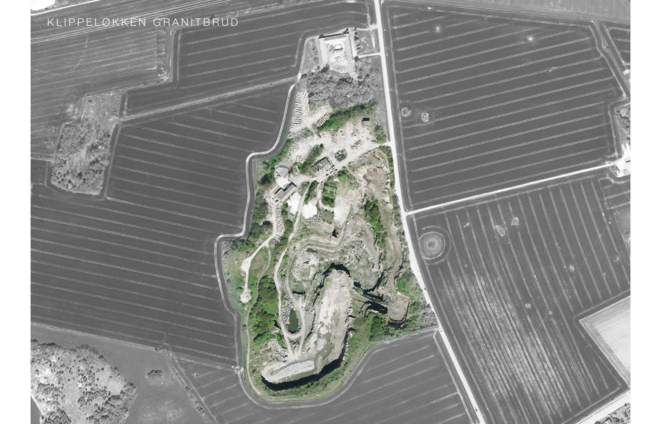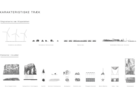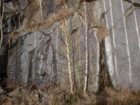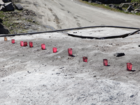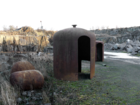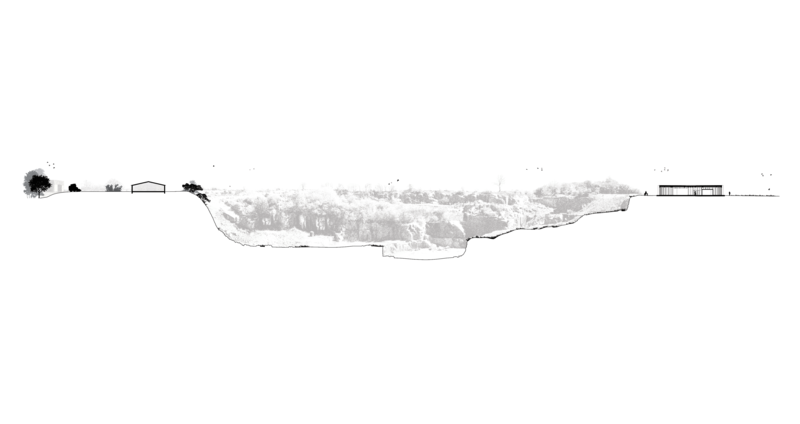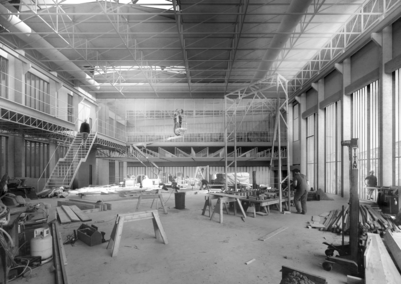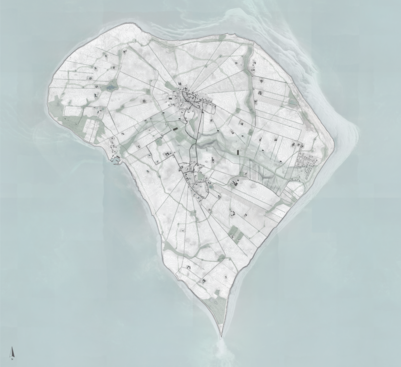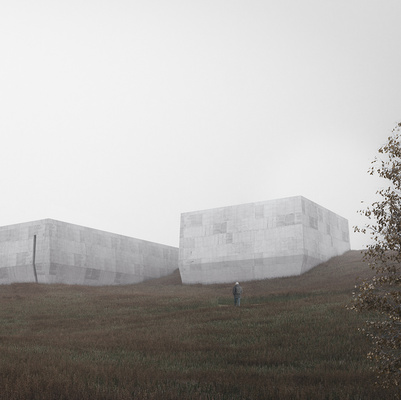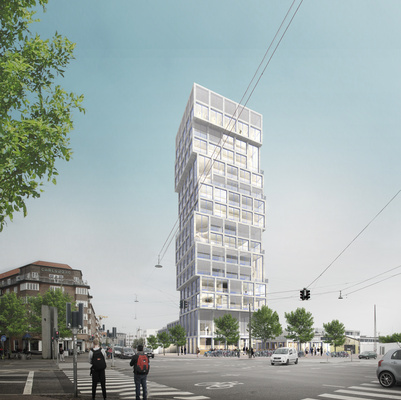RÅSTOFRUTEN
A journey through Bornholm's post-industrial landscapes
Råstofruten is a project that focuses on and emphasizes the manmade landscapes of Bornholm. By connecting and revealing the abandoned, inactive quarries through the creation of new bike paths and facilities, new life and functions can once again return to the sites. These additions celebrate the island’s unique geology and industrial history which has shaped the island’s landscape to what we know today.
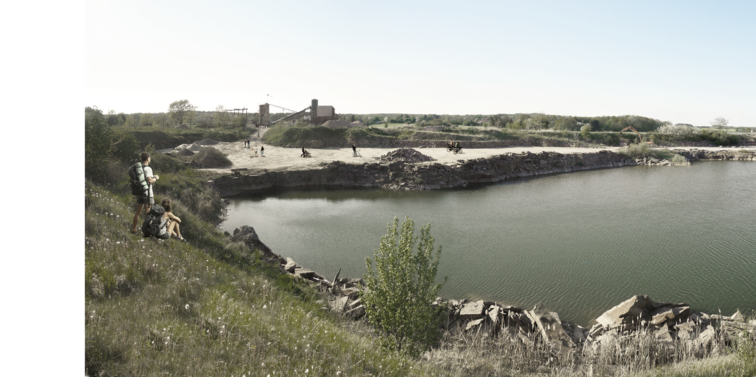
For Danes, Bornholm is known as the “Sunshine Island”; the pearl of the Baltic Sea. With its hilly farmlands, sugar sand beaches, rocky cliffs and massive landscapes of granite stone, it is unlike anywhere else in Denmark. However many people do not know about Bornholm’s golden industrial history when the island was transformed to accommodate the once high demand for its raw materials. Creating many new massive industrial quarries in the landscape.
GEOLOGIC MAP OF THE PRE-QUATERNARY BEDROCK OF BORNHOLM
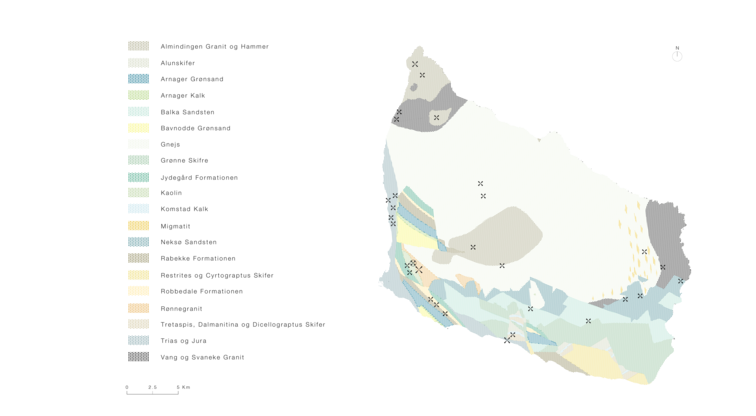
Located in the Baltic Sea, Bornholm’s geology differs from Denmark because of its phenotypic appearance. Throughout the island, one can find exposed bedrock, massive granite stones and colorful layers of sandstone.

RAW MATERIALS: From Sand to Gravel - Nexø Sandstone - Red & Green Clay - Paradise Granite - Limestone - Beach Coal
Today, even though most of the island's quarries are inactive, empty and hollow, they still express the enormous forces that went into their extraction. With very little traces remaining, the human impact is still visible in the landscape shaped by dynamite and the massive machinery.
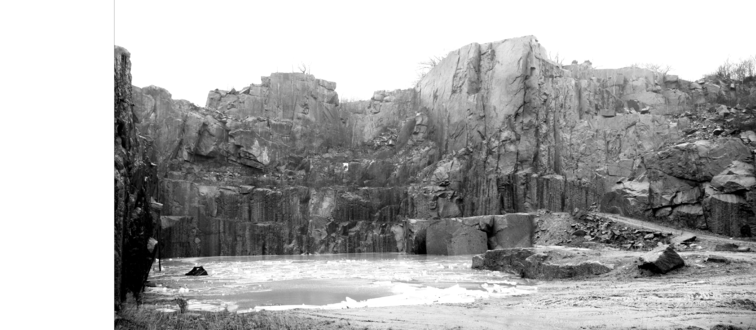
The industrial history and manmade landscapes of Bornholm was the main focus for the thesis project. One might question what happens to inactive quarries and should they be reintegrated into the landscape? Should we allow nature to hide these unique spaces or can they be better used for leisure and cultural purposes?

RAW GRANITE WALL - EXPOSED DRILL HOLE GROOVES
Thesis Program
Bike tourism has been one of Bornholm’s main attractions since 1981. This provided an interesting potential in incorporating the historical industry with the existing tourism to further improve the island’s economy. By creating new bike paths, visitors are guided through Bornholm’s varying landscapes revealing the hidden quarries while bringing life back to the once lost and forgotten industrial landscapes of Bornholm.
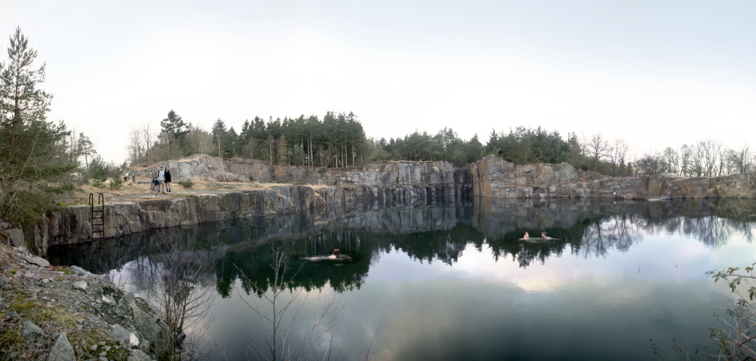
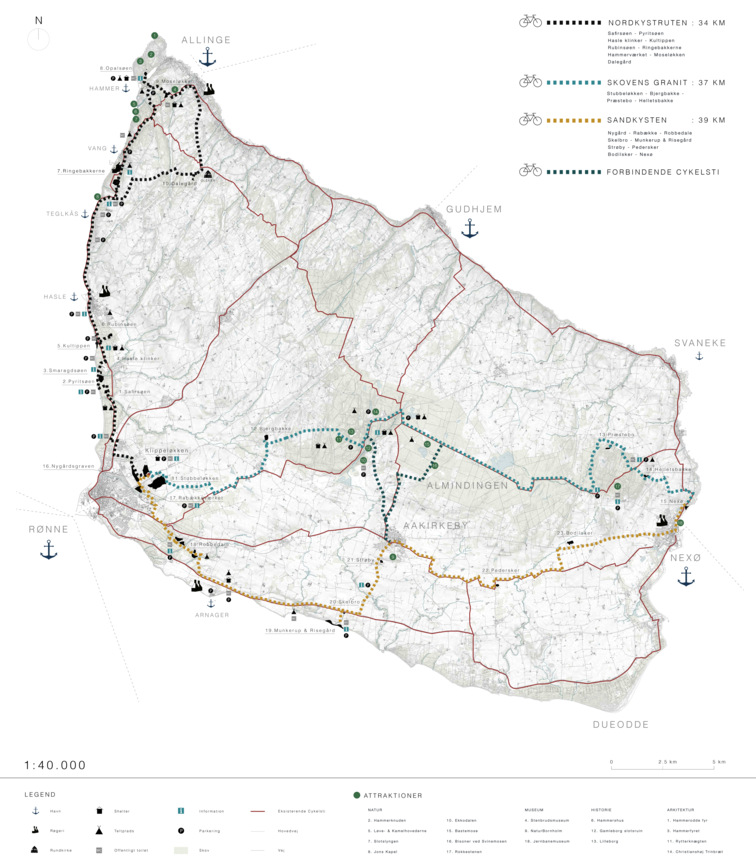
THE THREE NEW BIKE PATHS
Nordruten, Skovens Granit & Sandkysten
(This translates to: The North Path, Granite in the Forest & The Sand Coast)
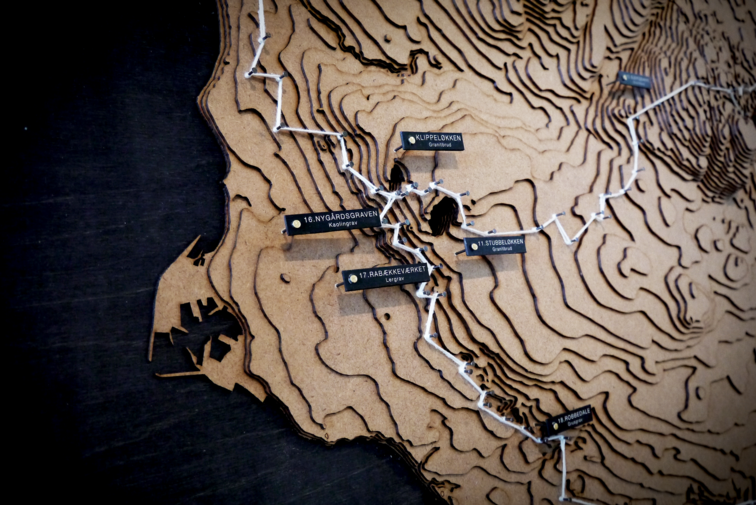
KLIPPELØKKE VISITOR CENTER
As a second phase in this thesis project, a visitor’s center was proposed as a destination for gathering, information, eating, etc, before exploring the new paths by bike. Located near the main city, Rønne, the granite quarry Klippeløkken was chosen as the location for the center. One of the main factors for this decision was that being a semi-active quarry meant that it would be in constant transformation.
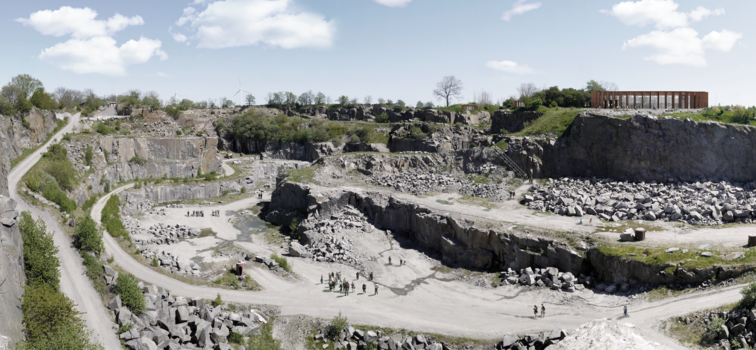
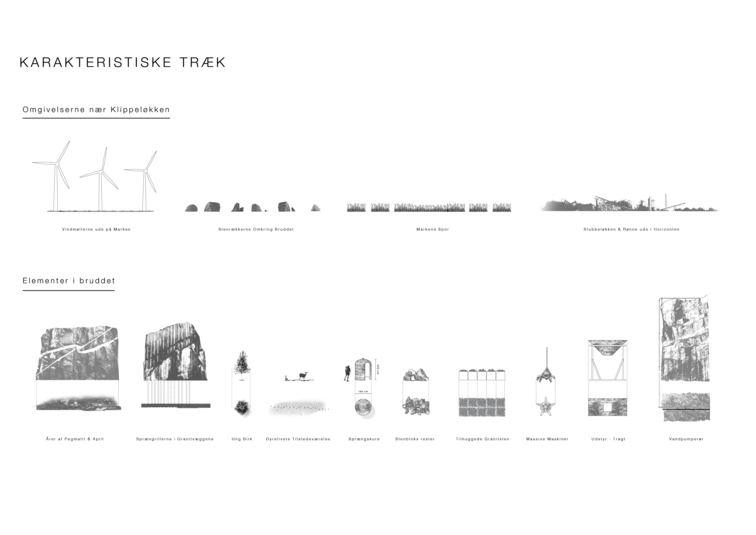
A BUILDING AND ITS LANDSCAPE
The Visitor Center follows the same principle as the Swedish term Naturum:
A “Naturum” is an information and exhibition center located in areas of outstanding beauty and/or scientific interest, often a national park or a nature reserve, where visitors can learn about the flora, fauna and history of that specific area. The intention with these buildings is to show and raise awareness of the natural and cultural history but most of all inspire visitors to explore the surroundings for themselves.
